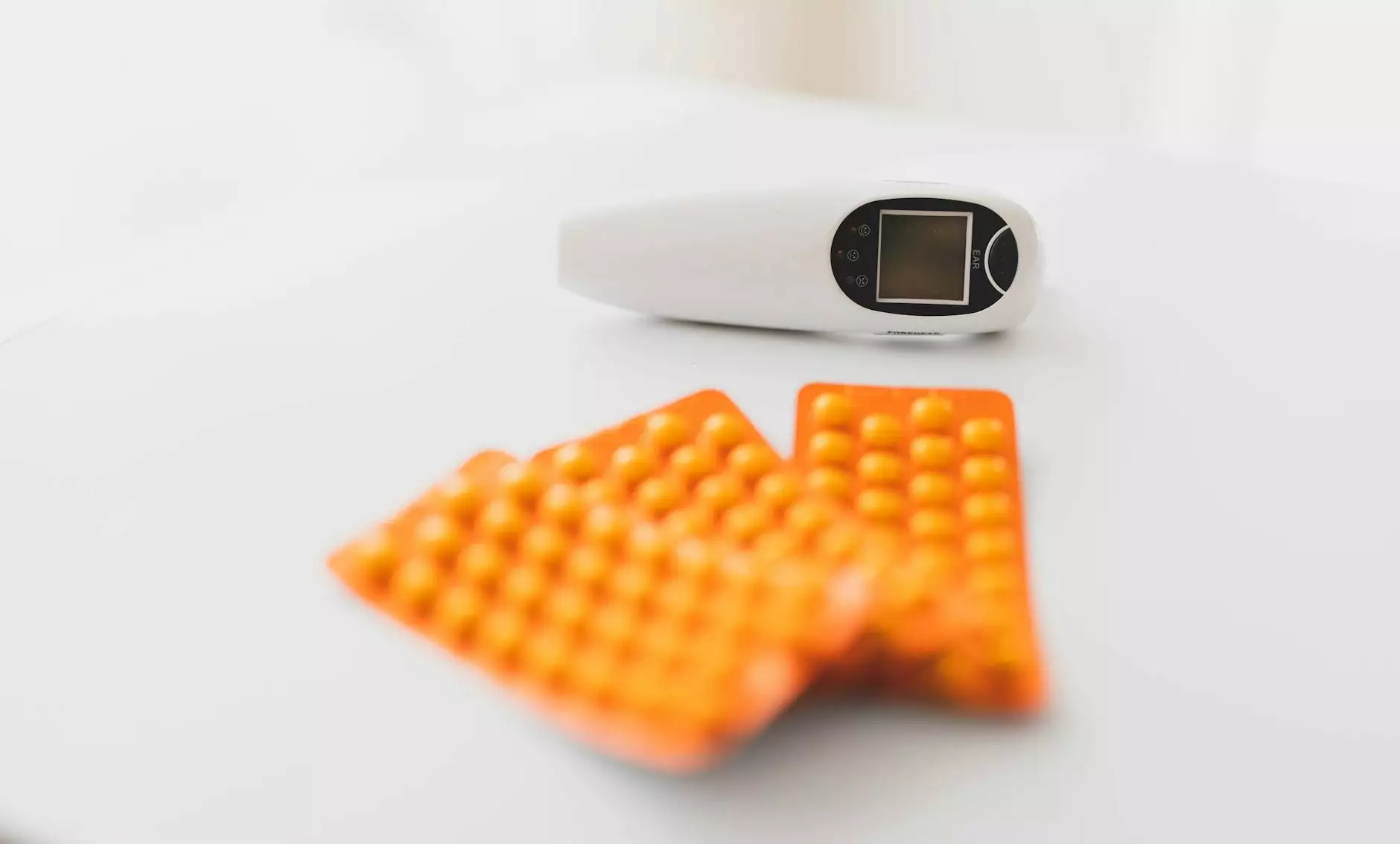Medical Terminology in Vascular Medicine

Introduction
As we delve into the realm of vascular medicine, it becomes essential to grasp the intricacies of medical terminology. Understanding the terminology used in the field of vascular medicine is crucial for healthcare professionals, doctors, and individuals seeking knowledge about their vascular health. In this article, we shed light on an important term often encountered in vascular medicine - chronic venous insufficiency.
Defining Chronic Venous Insufficiency
Chronic venous insufficiency, often abbreviated as CVI, is a condition that occurs when the veins in the legs have difficulty in efficiently returning blood back to the heart. This condition primarily affects the venous system, impairing the normal flow of blood. When blood fails to circulate adequately, it can lead to various discomforts, including pain, swelling, and skin ulcers.
Causes and Risk Factors
Several factors contribute to the development of chronic venous insufficiency. Prolonged standing or sitting, obesity, pregnancy, and a history of deep vein thrombosis (DVT) are the common risk factors. Additionally, genetic predisposition, age, gender, and lifestyle choices can also play a role in the onset of this condition.
Symptoms and Diagnostic Methods
The symptoms associated with chronic venous insufficiency may vary from mild to severe. Patients often experience leg pain, swelling, heavy or tired legs, and itching or tingling sensations. Skin changes and the development of visible varicose veins are also common signs.
Upon suspecting chronic venous insufficiency, healthcare professionals perform several diagnostic tests. These tests may include a physical examination, medical history review, vascular ultrasound, and venography. Accurate diagnosis helps determine the severity and appropriate treatment for the condition.
Treatment Options
Once diagnosed, management of chronic venous insufficiency becomes crucial to prevent the progression of symptoms and potential complications. Treatment options may vary based on the severity, individual needs, and the patient's medical history. Here are some commonly used treatments:
Compression Therapy
Compression therapy involves the use of specially designed stockings or bandages to apply pressure to the legs, improving blood circulation and reducing swelling.
Endovenous Ablation
Endovenous ablation is a minimally invasive procedure that uses laser or radiofrequency energy to close off the affected vein, redirecting blood flow to healthier veins.
Sclerotherapy
Sclerotherapy is a non-surgical procedure in which a solution is injected into the affected vein, causing it to gradually shrink and disappear over time.
Venous Surgery
In severe cases, surgical intervention may be needed. Vein stripping, phlebectomy, and other surgical techniques can be employed to remove or repair the affected veins.
Prevention and Lifestyle Tips
Although chronic venous insufficiency is not entirely preventable, certain lifestyle modifications can help alleviate symptoms and reduce the risk of progression. Here are some preventative measures individuals can adopt:
Exercise Regularly
Engaging in physical activity, such as walking or swimming, promotes better blood circulation and strengthens the leg muscles, reducing the strain on the veins.
Maintain a Healthy Weight
Being overweight or obese can increase the pressure on the leg veins. Maintaining a healthy weight helps reduce the strain on the veins and minimizes the risk of developing chronic venous insufficiency.
Elevate Your Legs
Elevating the legs while resting or sleeping helps facilitate blood flow towards the heart and reduces the swelling often associated with chronic venous insufficiency.
Avoid Prolonged Sitting or Standing
If your profession requires extended periods of sitting or standing, take frequent breaks to get up, move around, and stretch your legs. This helps prevent blood from pooling in the lower extremities and assists in maintaining healthy blood flow.
Conclusion
Enhancing our understanding of medical terminology in vascular medicine, particularly chronic venous insufficiency, empowers both healthcare professionals and individuals to actively participate in the management and prevention of this condition. By staying informed and seeking appropriate medical attention, one can effectively address symptoms, reduce the risk of complications, and maintain optimal vascular health.
define chronic venous insufficiency








